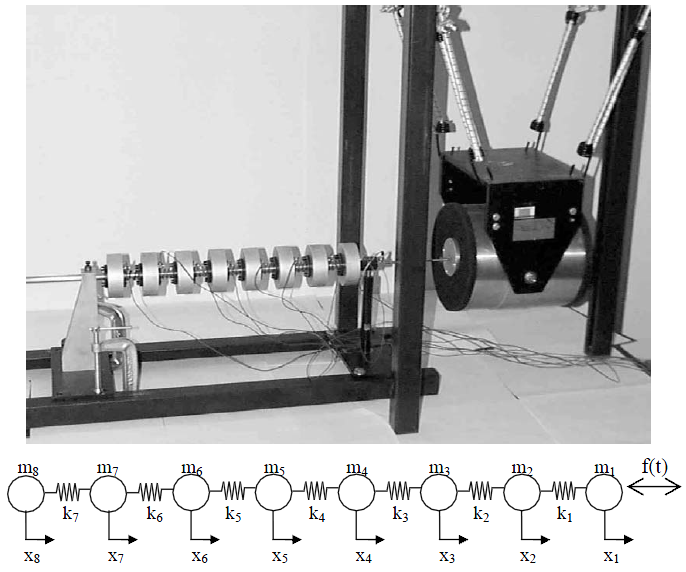V. Meruane, A. Ortiz-Bernardin, “Damage identification using linear approximation with maximum-entropy and transmissibility data,” submitted.
ABSTRACT
Supervised learning algorithms have been proposed as a suitable alternative to model updating methods in damage assessment, being Artificial Neural Networks the most frequently used. Notwithstanding, the slow learning speed and the large number of parameters that need to be tuned within the training stage have been a major bottleneck in their application. This article presents a new supervised learning algorithm for real-time damage assessment that uses a linear approximation method in conjunction with antiresonant frequencies that are identified from transmissibility functions. The linear approximation is handled by a statistical inference model based on the maximum-entropy principle. The merits of this new approach are twofold: training is avoided and data is processed in a period of time that is comparable to the one of Neural Networks. The performance of the proposed methodology is validated by considering three experimental structures: an eight-degree-of-freedom (DOF) mass-spring system, a beam, and an exhaust system of a car. To demonstrate the potential of the proposed algorithm over existing ones, the obtained results are compared with those of a model updating approach based on parallel genetic algorithms.

